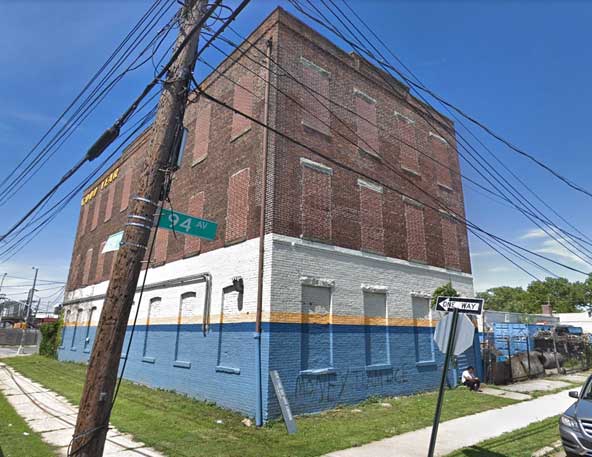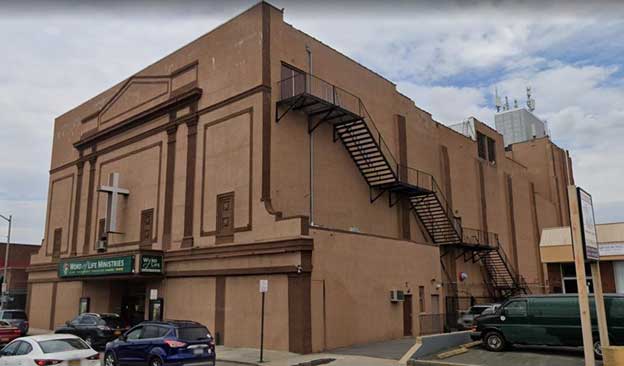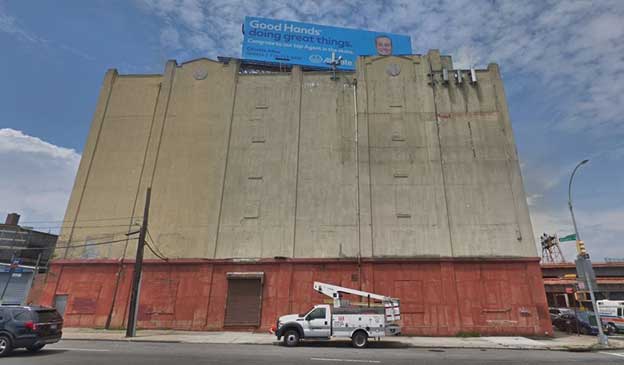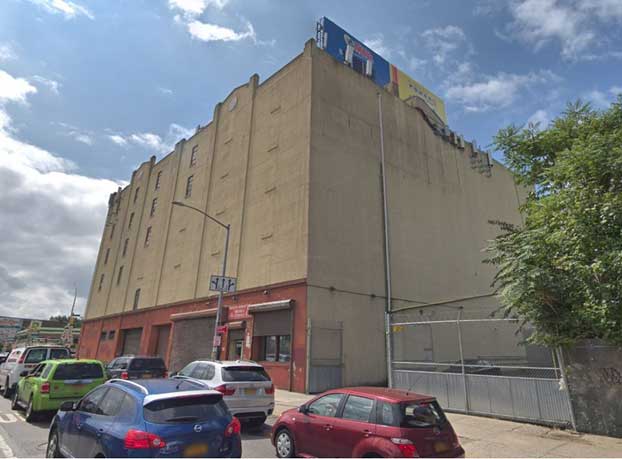Any firefighter will tell you: the precise and coordinated ventilation of a structure under attack by fire aids in a subsequent and expedited suppression operation. Furthermore, during initial size-up, identification of egress points early on enhances the ability of firefighters to maintain a comfortable position when and if immediate egress is warranted.
We have all seen these types of structures—the ones that have blocked up windows, heavily fortified doors, and only one or two entrance and exit points. We drive past them on our way to work; some don’t give them a second thought. But what happens when these structures are attacked by fire and we are first on the ticket?
- Firefighting Challenges in Converted Mills
- Illegal Conversions: The Hidden Danger to Firefighters and the Public
- The Dangers of Illegally Converted Private Dwellings
- Conversions to Multi-Family Dwellings
Just as your hairstyle has evolved over 20 years or clothing styles have changed over 100 years, buildings change over time. When buildings are renovated or are bought by new developers over the years, they are often cut up and closed off in many different ways to justify the new needs of the occupancy. An old factory can become a huge storage facility, a church, or multiple dwelling. How often are we recognizing that buildings in our area are getting a makeover? How often do we train to operate in an environment where there is limited ventilation or one where we can’t just break a window and escape?
Limited ventilation/egress buildings can be described as a structure where the original design elements such as windows, doors and natural openings have either been covered up or built over by structural elements such as masonry, concrete, stone, or steel, or have been built for the purpose of limiting the escape of heat or cold to control the thermal atmosphere within a building. Other examples include high-rise buildings with curtain walls in the form of thick, heavy multilayered glass; fortified buildings such as jewelry stores or government buildings; and prisons/jails where conventional or mechanical firefighting tools cannot penetrate to facilitate ventilation or rapid egress.
There are a few things to consider when responding to buildings that have obviously limited ventilation/egress points. First, firefighters must consider that the fire may not have been reported early on. In these structures, fires can burn for hours without anyone noticing simply because of their design. This was the case with the Worcester Cold Storage fire, where the fire had ample time to grow due to the original design of the structure to protect the thermal envelope. A well-progressed fire will have had time to attack structural elements, move into void spaces, and essentially search the entire building for every ounce of oxygen it can consume. It is only at the time the fire consumes all oxygen that the fire will begin to smolder, still maintaining immense heat. Second, the building that has been built to limit windows, doors, or natural openings has been constructed that way for a reason. We must ask ourselves: Why did they do this? Was it for security fortification or to compartmentalize space? We must analyze the possible reasons for fortifying a structure. Is this now a hazardous materials storage facility or a personal storage facility? Sometimes, rushing in without knowing is more detrimental to your operation than doing your research prior to a significant event.


Limited ventilation/egress buildings may also have imposed loads that were not designed into the original structure. An old factory with 50 windows per floor that has since had those openings closed off by masonry has experienced a huge addition to its design load. This may hold under normal conditions, but when weakened by fire, it may yield with catastrophic results. It is also safe to assume that these structures may have enormous fire loads, which may be beyond the capabilities of a handline. (photos 1, 2).


As pictured above (photos 3 and 4), a church that has been secured by unknown means illustrates a significant hazard to both firefighters and occupants. If we are aware that a limited ventilation/egress structure is used for storage reasons and no known life hazard exists, we may slow down a little and plan an attack after first identifying hazards. But when you respond to a fortified, three-story church, at 11 a.m. on a Sunday morning with reports of people trapped, I get it, things change. A building such as this represents the potential of being an historic fire with the pictures of our brothers and sisters in the newspaper. When structures such as these are found, preplans are a must. You cannot wait until there is a fire to first enter this structure. When a fire occurs, people often rush to one known exit, and when discussing buildings that are fortified, that is the only place they will go. This can necessitate a lot of body bags. Occupants often become disoriented and try to move away from heat and smoke. When they see that the exit has been choked by other escaping occupants, they look for alternative exit points. This is when they tend to move into areas within the building that have not yet been attacked, but unknowingly they have trapped themselves.
Fire travels differently within fortified structures. As previously stated, fire will try to find the last drop of oxygen. Fire will travel in all directions and consume everything in its path. We must be concerned with void spaces in limited ventilation occupancies. When fires burn in concealed spaces, the potential for backdrafts and smoke explosions is amplified. The unsuspecting firefighter opening up a wall or ceiling for inspection can be the precursor to such events. As seen in previous fatal fires, the opening of shaft ways from the roof can give fire the ingredients necessary to continue its mission. The fact that fire will not be vented is a huge factor and can precipitate the early failure of structural elements.


Careful and coordinated effort on the part of all companies needs to be practiced. A floor-by-floor inspection of all structural elements needs to take place. Floors and roofs may be weakened by long-burning fires. This needs to be taken into account during prolonged firefighting operations, where companies are unable to make significant progress due to the nature of the building. Firefighters should have a plan for egress and understand that these structures may be cut up into many different compartments. Incident commanders should also seek to speak with occupancy owners to determine the building’s usage (photos 5, 6). If needed, there should be a plan in place to coordinate additional resources to breach or force the fortified locations.
Although these structure fires are low frequency, they are high-hazard events. Don’t just drive by—get out of the rig and poke around. Discuss options, potential for life hazard, and plans of attack. Determine fire protection methods in place (if any). Construction type is important; interior wood elements can fail much sooner than masonry elements. Analyze loading and how the building is used. A six-sided approach is warranted for these structures. Just as with any building construction identification, the assessment of probable failure locations early on can guide your operation.

SALVATORE ANCONA is a deputy chief fire instructor at the Nassau County (NY) Fire Service Academy; a lieutenant with the Seaford (NY) Fire Department; a fire inspector with the North Bellmore (NY) Fire Department; a former captain and training officer for the Bellmore (NY) Fire Department; and a former paramedic supervisor in New York City. He has a bachelor’s degree in fire and emergency services administration from John Jay College of Criminal Justice, an A.S. degree in fire science from Nassau Community College, and is attending Georgetown University for his masters in Emergency & Disaster Management. Ancona is the author of the building construction page “The Sons of Brannigan” on Facebook and was a recipient of the 2019 FDIC International Honeywell DuPont Scholarship.

